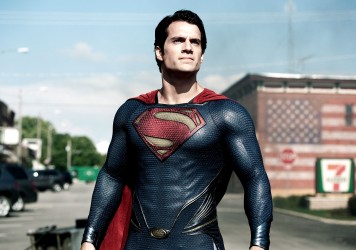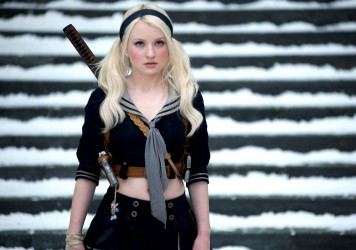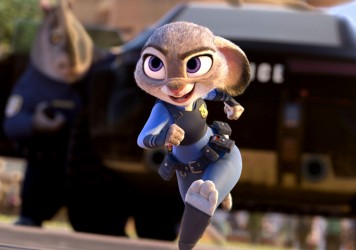Despite all the flying, its jarring mismatch of hyperrealism and unabashed fantasy stops it soaring.
Adapted from the first three (of 15) books in Kathryn Lasky’s Guardians of Ga’Hoole series, Zack Snyder’s animated feature is the Star Wars saga reimagined in a world dominated by owls.
The Luke-like owlet Soren is enthused by the legends of the Jedi-like Guardians, and will gradually learn to master his Force-like powers of flight and bring down the secret weapon of mass destruction developed by the Vader-like Metalbeak and his fascist forces, including Soren’s own brother Kludd. It is a classic tale of good versus evil with a heroic coming-of-age arc to bring all the wish-fulfilment flights of fancy that younger viewers might need.
What most literally stands out in Legend of the Guardians: The Owls of Ga’Hoole is the 3D imagery, at its most breathtaking when, as in Avatar and How to Train Your Dragon, characters are shown swooping, gliding and diving through the air – something which fortunately owls do quite a lot. Equally striking is the extreme photorealism of the CG animation – although in fact this hyper-naturalism sits rather uneasily with the film’s unapologetic adherence to fantasy.
Usually the visual stylisation of cartoons can make all manner of implausible or even impossible events seem entirely acceptable – but here when owls are shown talking, playing lutes, hanging out happily with other species of animal, wearing wrought iron helmets and armour, and deploying half-magical/half-mechanical devices, the verisimilitude of their appearance has an effect that is distractingly disturbing and uncanny.
These characters look exactly like real owls, but evidently the owls are not what they seem – and the mismatch of Australian and English accents in the voice cast hardly helps to anchor all this artificial authenticity.
The film’s profound confusion of different categories and paradigms is reflected in its attitude to nature and evolution. The villainous Metalbeak is modelled on Hitler, promoting a master race of ‘Pure Ones’ while using ‘inferior’ species of owl (and bat) as labour for his military machine. For him, survival of the fittest is a sociopolitical principle that entails eliminating or enslaving the weak.
The Guardians, on the other hand, have created a harmonious multicultural utopia in the arboreal outpost of Ga’Hoole – a never-never land that manages to be all at once a monarchy and a meritocracy. In one jaw-droppingly irrational scene, Soren actually namechecks Darwin in consoling the serpent Mrs Plithiver (who is also, honest, his erstwhile nursemaid) for the fact that she is about to be eaten by his new friends, as though ‘On the Origin of the Species’ were bedtime reading for all these creatures – but within moments, instead of becoming a snack, Mrs Plithiver joins Soren’s airborne quest as ‘the first snake to fly.’
Between Metalbeak’s embrace of Social Darwinism and Soren’s willingness to suspend all natural laws, there is little room left in this animal kingdom for nature itself. Which is fine in a film like Fantastic Mr Fox, whose characters are all struggling against their wilder natures in a stop-motion format that entirely eschews realism. When presented in such insistently lifelike computer images, however, Snyder’s owls become lost between the mythic and the real, never quite convincing as either one or the other.
What might have come alive on the page feels oddly sterile on the screen, as everything is put right there before us in microscopically hyper-vivid detail and our imaginations are denied the power to soar to their own heights.
Published 21 Oct 2010
Could be a hoot.
Despite all the flying, its jarring mismatch of hyperrealism and unabashed fantasy stops it soaring.
Looks amazing, but its vividly realised implausibilities stick in the craw.

Zack Snyder aspires to something greater with this maxed-out comic book epic, but lays it on a little too thick.

Zack Syder’s film is little more than glamorised sexual servitude presented as fun for the whole family.

By Alexia Stam
Belly laughs, a cute cast and a strong social conscience – Disney’s latest animated feature has it all.